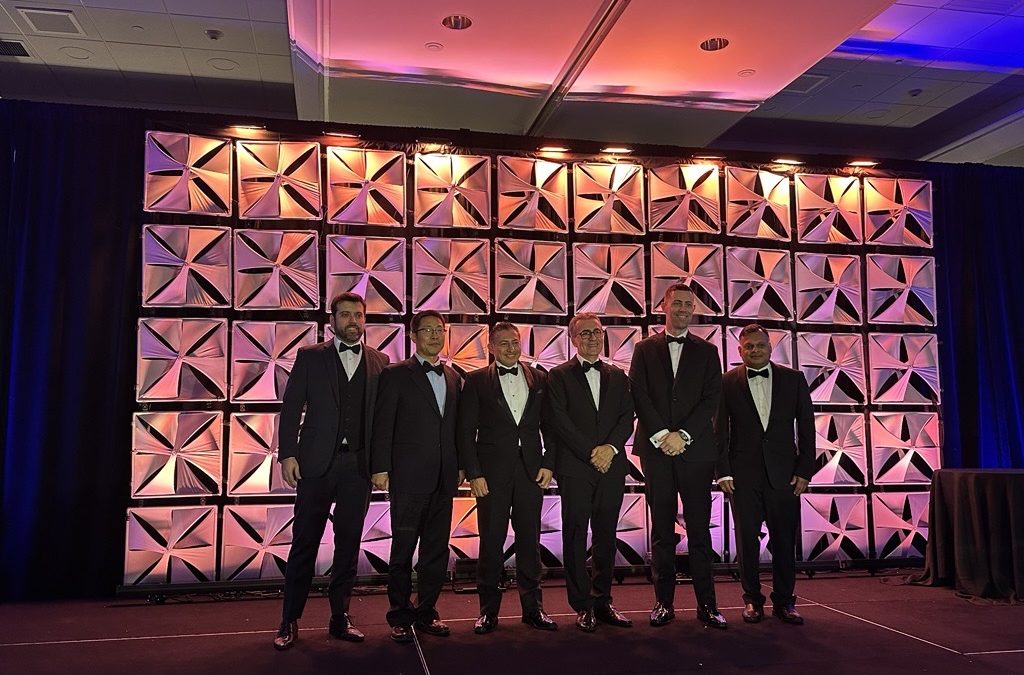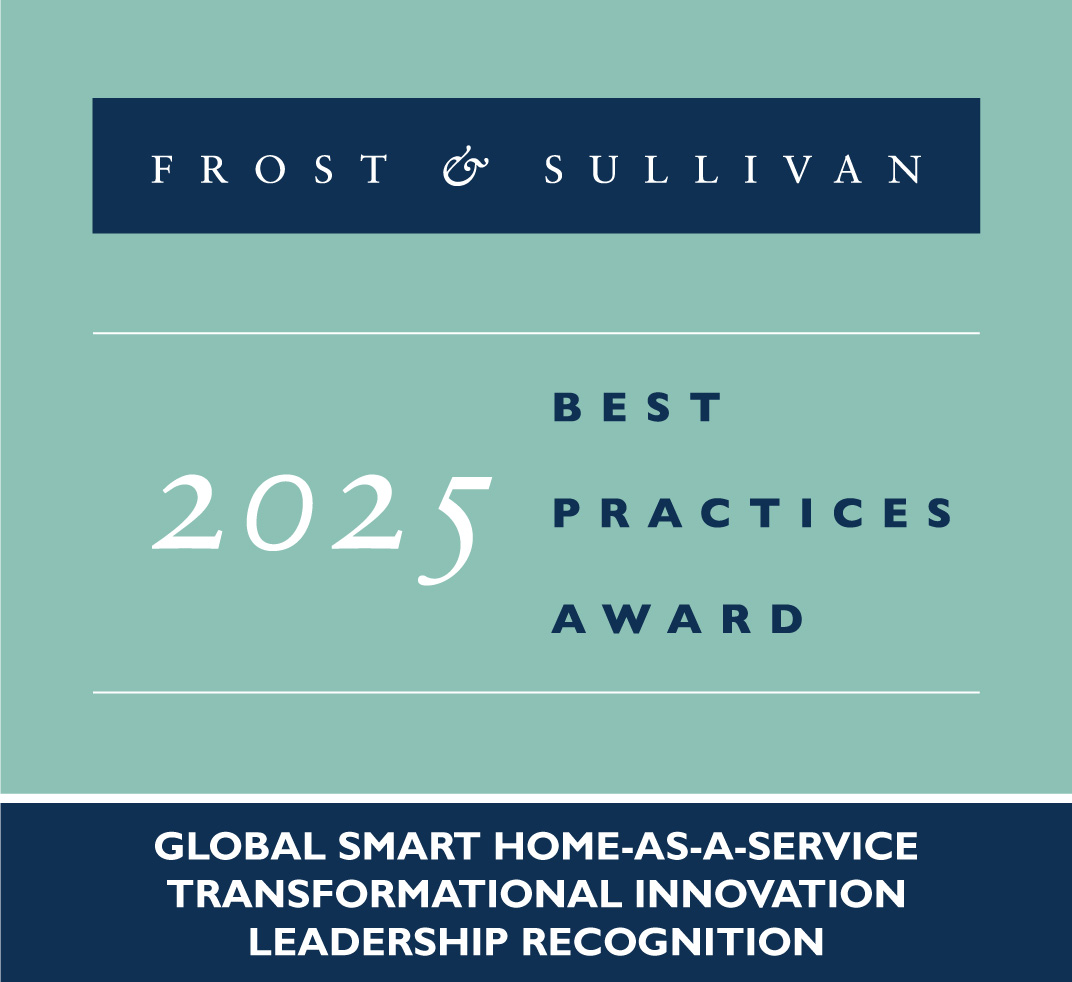The satellite direct-to-device (D2D) and low earth orbit (LEO) communications landscape is expanding driven by disruptive technologies, government initiatives to bridge the digital divide, and innovation in LEO constellations. This surge is making non-terrestrial networks (NTN), backup connectivity, and terrestrial mobile services more affordable and accessible. As a result, new business models, strategic alliances, and innovative applications are emerging across verticals like government, maritime, aviation, defense, agriculture, oil and gas, and mining.
GROWTH OPPORTUNITIES IN THE SPOTLIGHT
- Mobile Network Operator (MNO) Services: Covering gaps in connectivity, site back-up, and backhaul services.
- Optimizing Enterprise Connectivity: For wider reach and enhanced service level agreement (SLA) management.
- Leveraging AI: For improved network performance, customer retention, and profitability.
- Cross-Industry Convergence: New partnership avenues for fixed/mobile network operators, satellite providers, enterprises, and original equipment manufacturers (OEMs).
Featured Experts:
Here, the following growth experts collaborated to share their views on transformation drivers, challenges, disruptive technologies, and best practices in satellite communications:
- Mei Lee Quah, Growth Expert and Research Director, ICT at Frost & Sullivan
- Susan White, Head of Strategy and Portfolio Marketing at Netcracker Technology
Discussion Highlights:
- Evolution of Satellite Communications: While geostationary orbit (GEO), medium earth orbit (MEO), and LEO satellites have long existed, advancements in satellite technology are transforming connectivity. Today, high-capacity, low-latency LEO constellations are disrupting the industry, with breakthroughs in software-defined technology. Further, D2D connectivity is enabling seamless mobile and Internet of Things (IoT) device links, making satellites integral to mainstream Telecom. This is forcing MNOs to adapt growth strategies for a more interconnected future.
- Harnessing the Benefits of LEO Communications: LEO enables high speed, low-latency, real-time backhaul services in rural, remote, or hard-to-reach areas, thereby allowing providers to bridge the digital divide. This is creating new partnership avenues between MNOs and LEO providers for supporting remote digital services in areas like telehealth, education, and banking. Additionally, this is enabling the verticalization of IoT and connectivity services in industries like agriculture, government services, disaster recovery, and financial services.
- Embracing Innovative Business Models: Evolving technologies are catalyzing new business models, especially across consumer, enterprise, and government segments. Consequently, Telcos, MNOs, and satellite operators are collaborating to deliver wholesale services, D2D, and direct-to-consumer (D2C) solutions. Emerging models include pay-as-you-go enterprise solutions, IoT-as-a-service, flexible mobile connectivity pricing, and premium bundled satellite access.
- The Role of AI: AI is helping providers optimize network operations, ensuring seamless service quality, and predictive maintenance. This aids SLA management, anomaly detection, and capacity forecasting. Further, AI-powered automation is supercharging customer interactions, accelerating conflict/problem resolution, and streamlining contract profitability analysis.
- Adapting to the Pace of Change: To keep pace with these advancements in AI and satellite technology, ecosystem players must proactively develop innovative strategies, integrate emerging satellite services, and refine business models before new constellations launch. Telcos are already adapting by incorporating LEO and GEO services. Now, the need for early planning, partnerships, and scalable solutions is higher than ever before.
As satellite D2D and LEO communications continue to evolve, organizations are grappling to identify the right ecosystem partners, business models, and growth opportunities that will help them maximize connectivity and bridge the digital divide.
How will you equip your teams to thrive through this change?
Click Here to connect with Frost & Sullivan’s Enterprise Wireless Service experts for customized technology strategies in satellite D2D and more!
“As satellite D2D is not a new concept, there is a need to revisit the topic to understand what factors have changed and why there is now renewed optimism when it comes to the growth of the market. The likelihood of satellite D2D being a success this time round is much higher than it ever was.” – Mei Lee Quah, Growth Expert and Research Director, ICT at Frost & Sullivan.





